Alaska is the biggest state in the United States. It is so large that some of its national parks are larger than whole nations. Despite this, it has the smallest population.
Almost a million visitors travel to Alaska on cruises to see its pristine beauty every year. Aside from the natural sceneries, the relatively low human population implies that there are more animal colonies, particularly among birds.
Stick around because we’re going to present a few of the best-looking birds you can see while exploring Alaska, organized by their primary color.
| Image | Name |
|---|---|
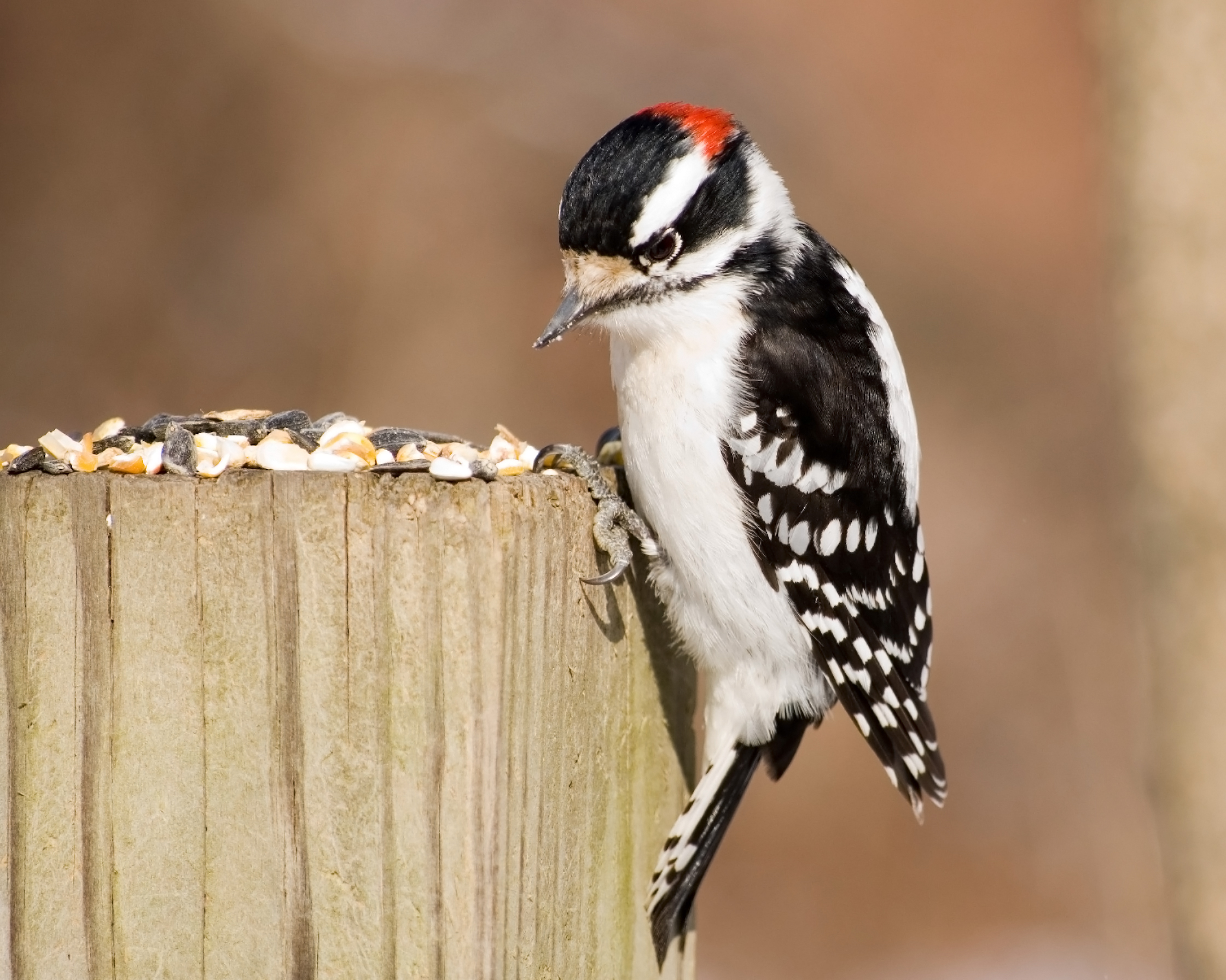 | Downy Woodpecker |
 | American Dipper |
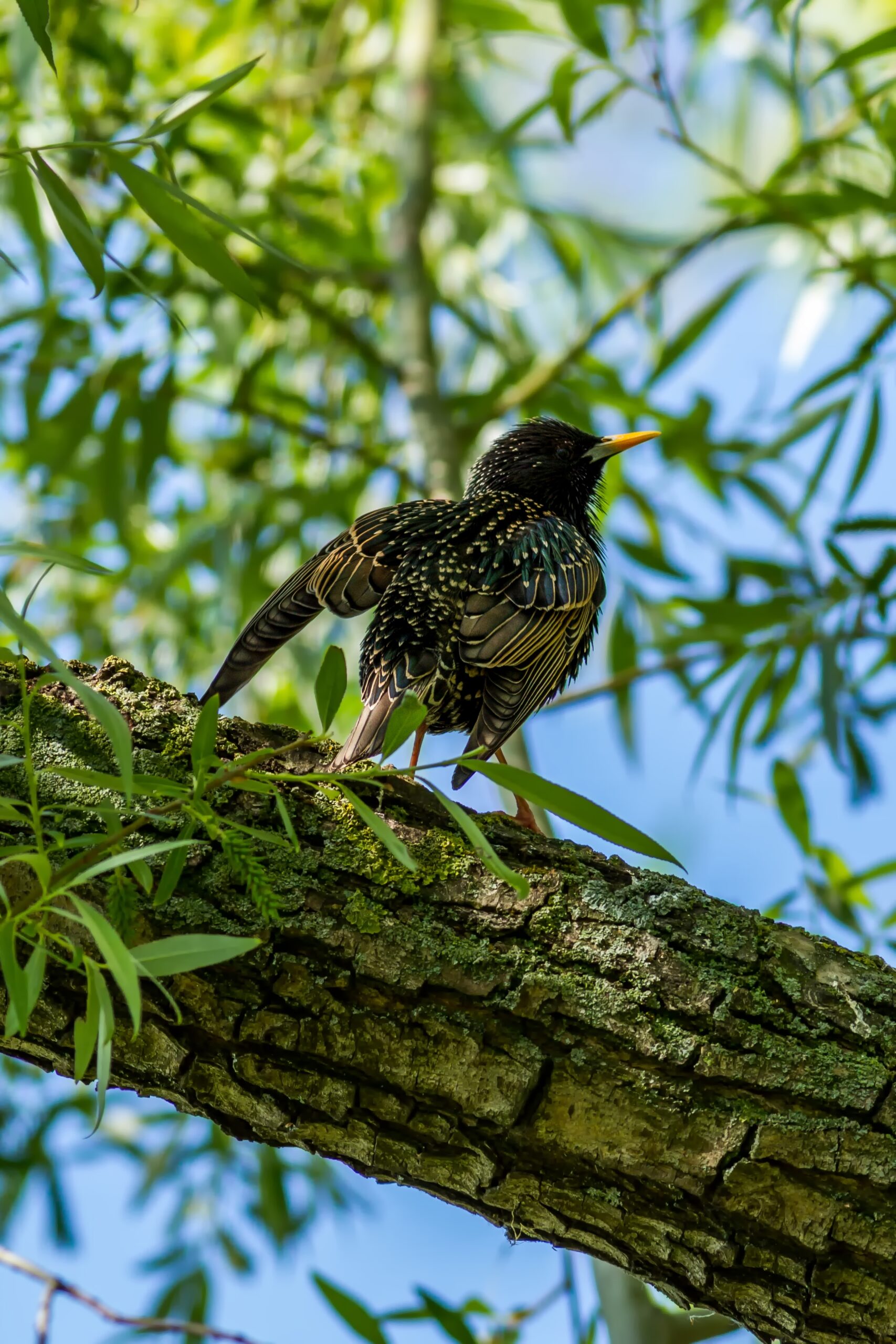 | European Starling |
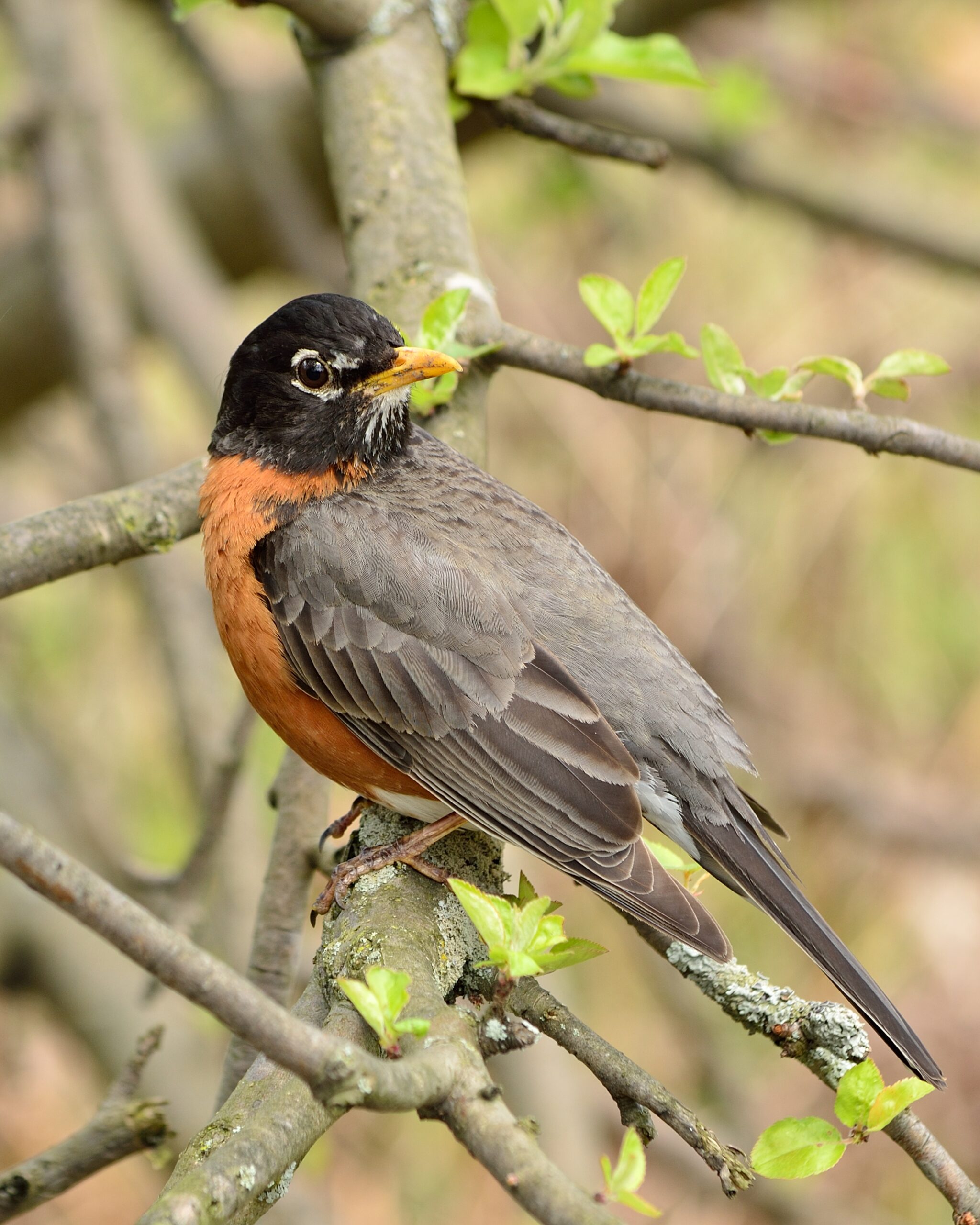 | American Robin |
 | Raven |
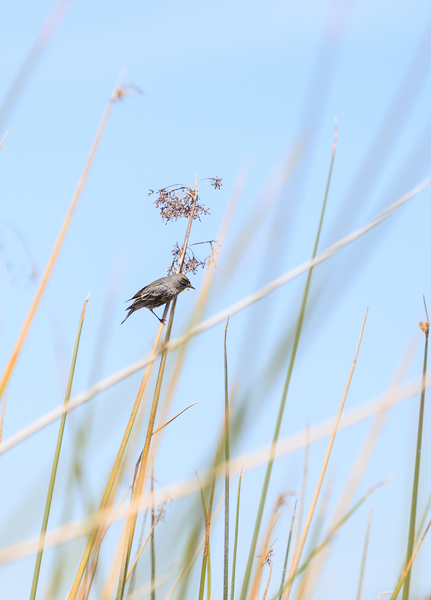 | Yellow-romped Warbler |
 | Rufous Hummingbird |
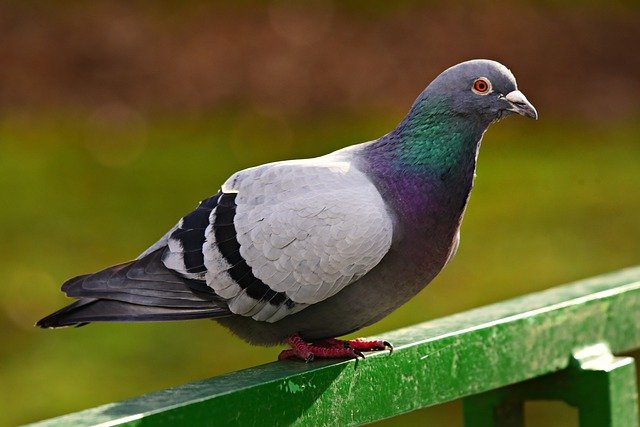 | Rock Pigeon |
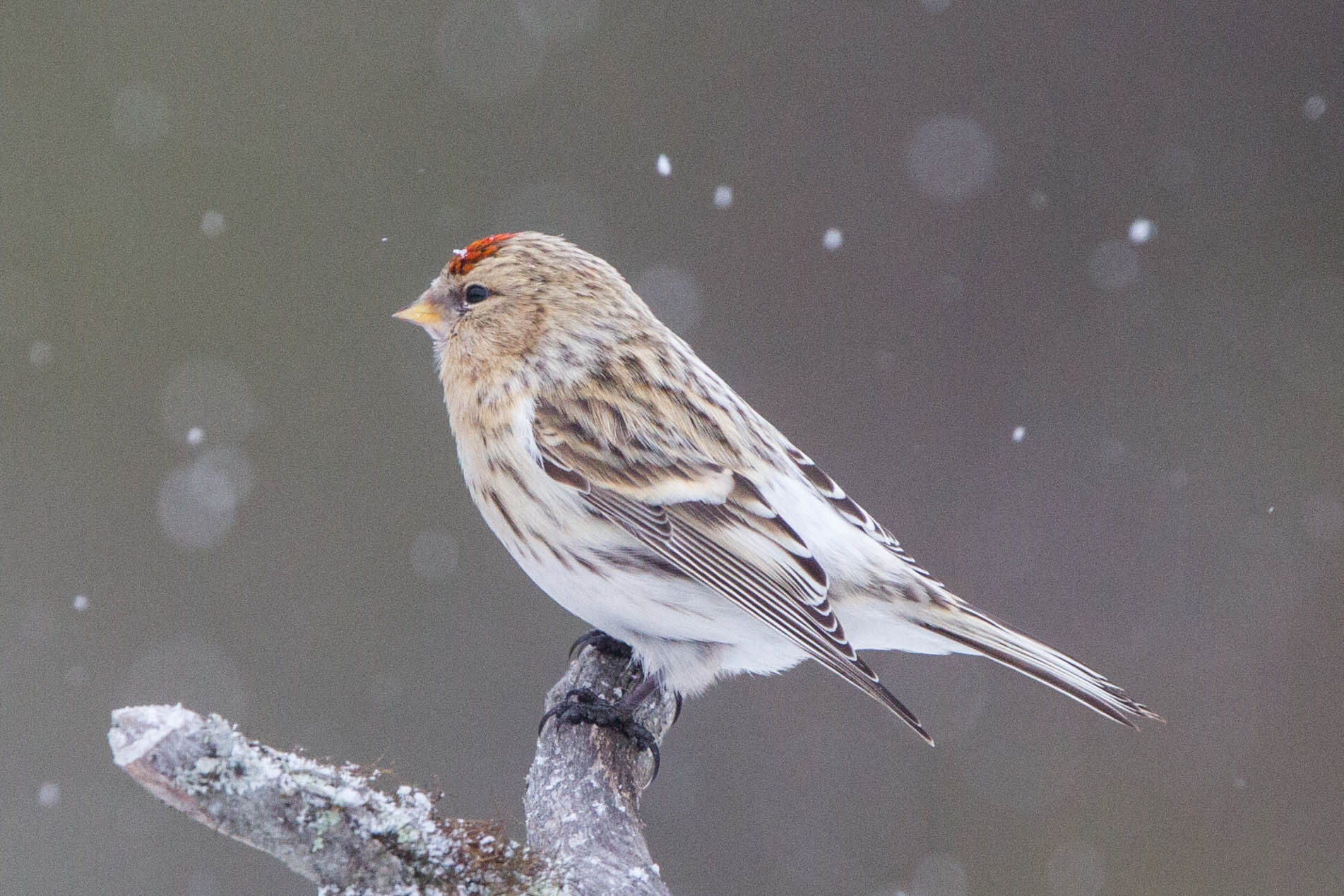 | Hoary Redpoll |
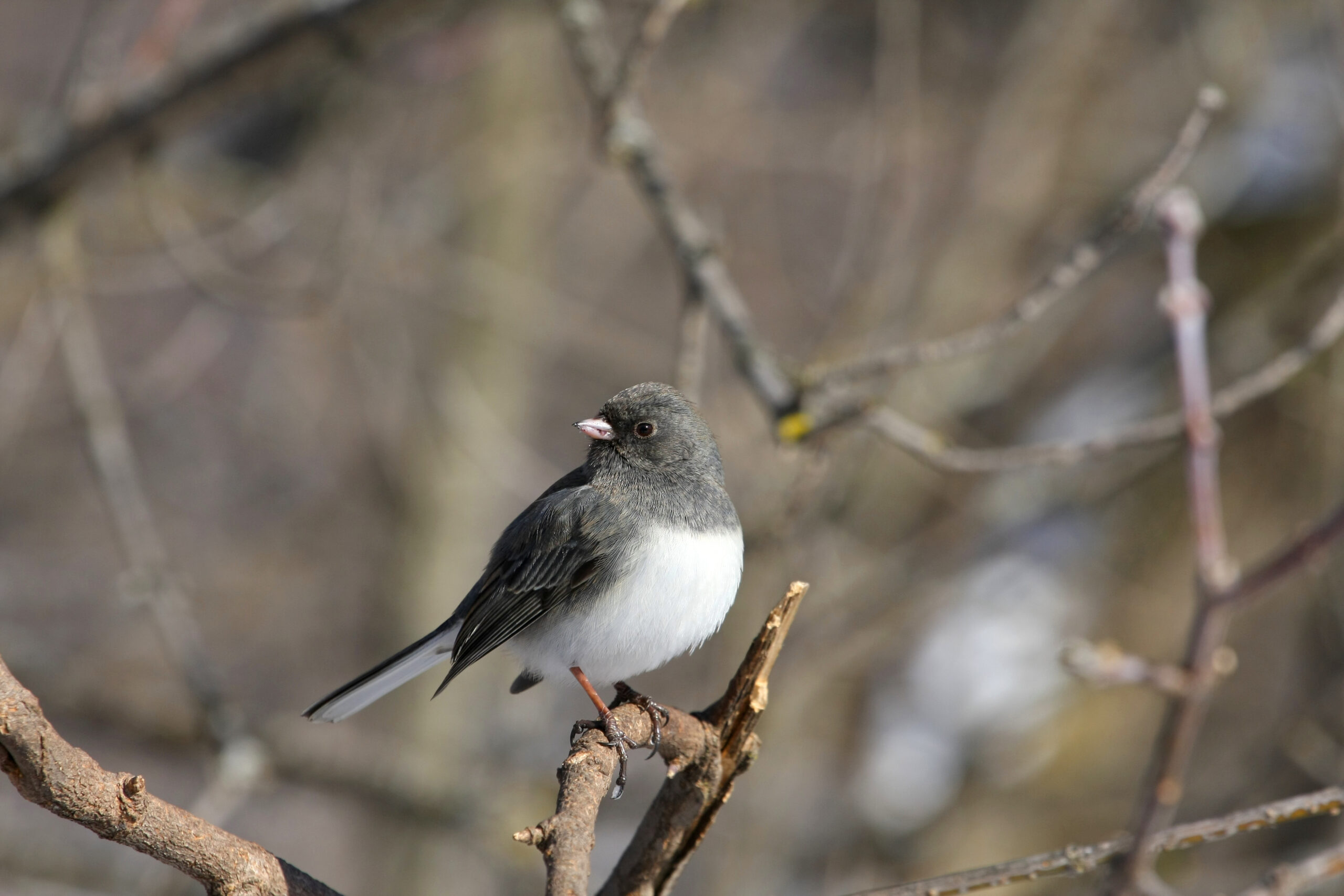 | Dark-eyed Junco |
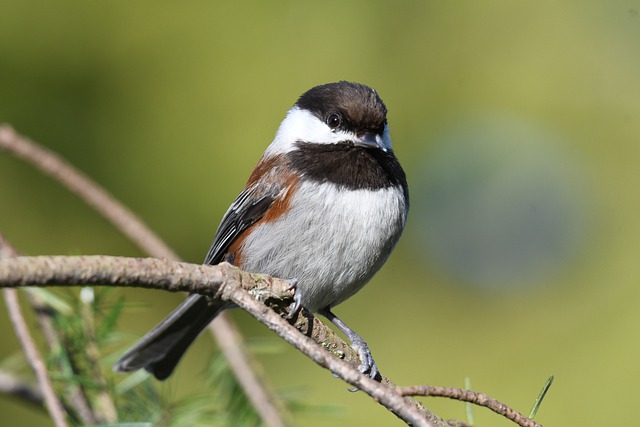 | Chestnut-backed Chickadee |
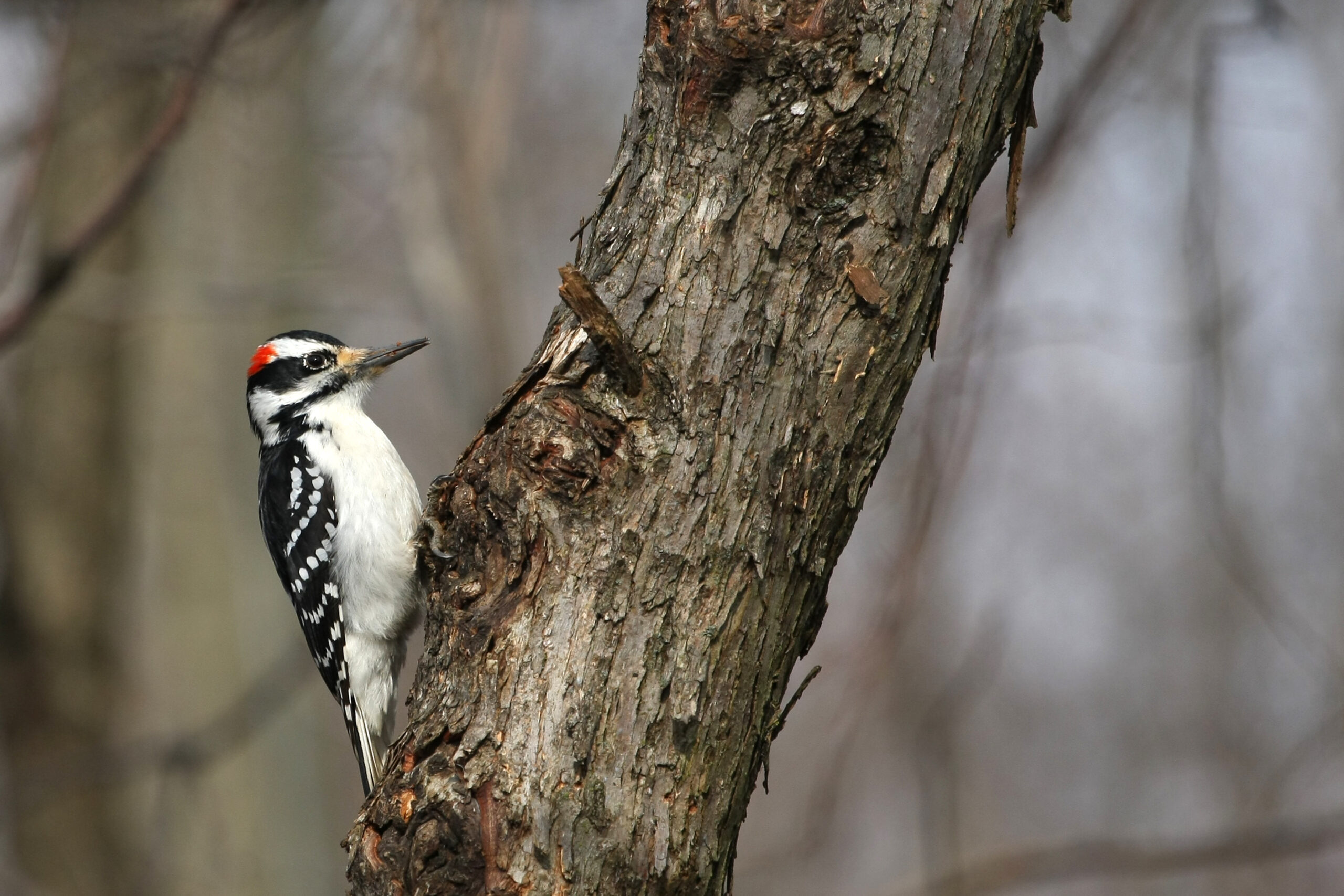 | Hairy Woodpecker |
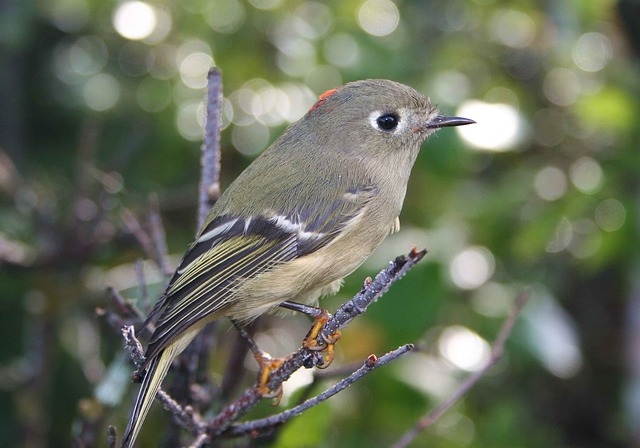 | Ruby-crowned Kinglet |
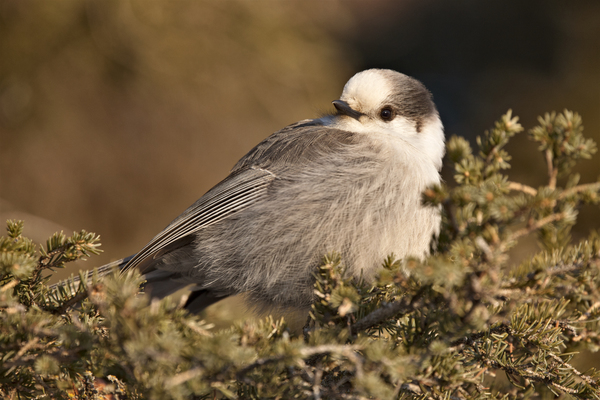 | Gray Jay |
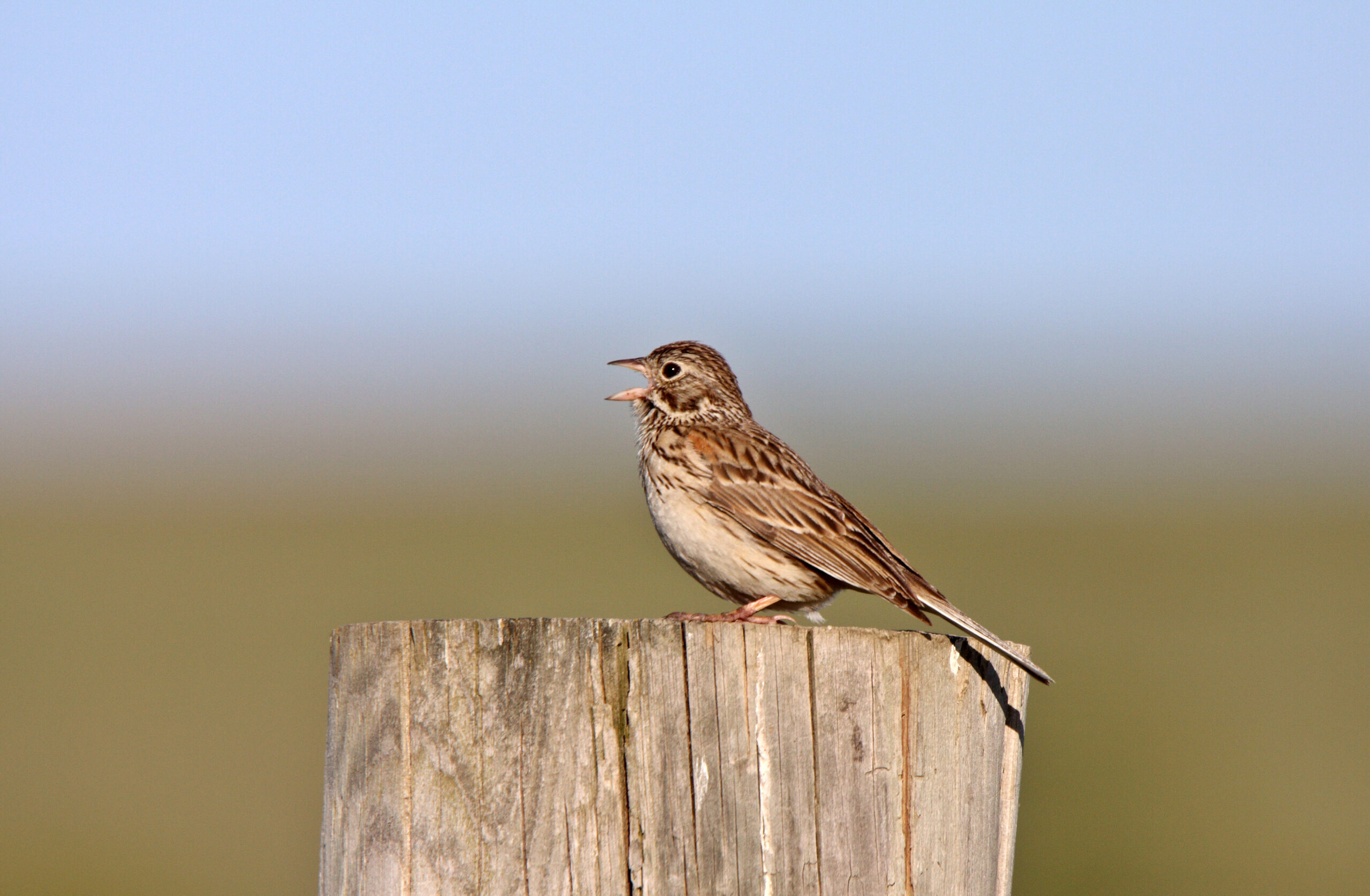 | Song Sparrow |
Common Birds in Alaska
1. Downy Woodpecker

Downy Woodpeckers have quite a broad white stripe across their backs and huge, black wings with a chevron pattern of white dots running from just below the shoulder to the wingtips. They also feature black on the front and white below short, notched tails.
This bird’s underside and breast are snowy white, and their faces are largely white with a black whisker line that ends at a 1/2 mark at the rear of the throat. They also wear black ‘rogue’ masks and a black cap that is completely black in females but ends in a red dot at the rear of the head for males.
These birds have slender black bills that are modest in length.
Length & Habitat
The length of these birds ranges from 5.6 to 6.8 inches, with forelimbs of 9.75 to 12 inches. These little woodpeckers like trees and shrubs, especially in locations where there are a lot of grasses, weeds, and bushes.
These birds consume a lot of bugs, but they aren’t picky about their munchies. Gelatine smashed nuts, and figs are excellent in attracting and maintaining their interest.
2. American Dipper

American Dippers are stout, chubby birds that are greyish brown overall, with a softer hue at the throat and a V-shaped pattern at the breast, usually in a milky tan or white. Their wings are short, and their tails are practically nubby.
During the breeding season, most birds have lengthy, straight bills that are black. Dippers with yellowish bills and barring patterns on the abdomen and breast are juveniles. These birds are around 7 inches long and have a wingspan of about 9 inches.
Food
You won’t be able to attract these birds to your feeder because they spend their summer swimming. However, if you have a watercourse on your property, you could see one feeding in its waters.
These birds mostly consume aquatic insects, although they also eat worms, larvae, and fish eggs.
3. European Starling
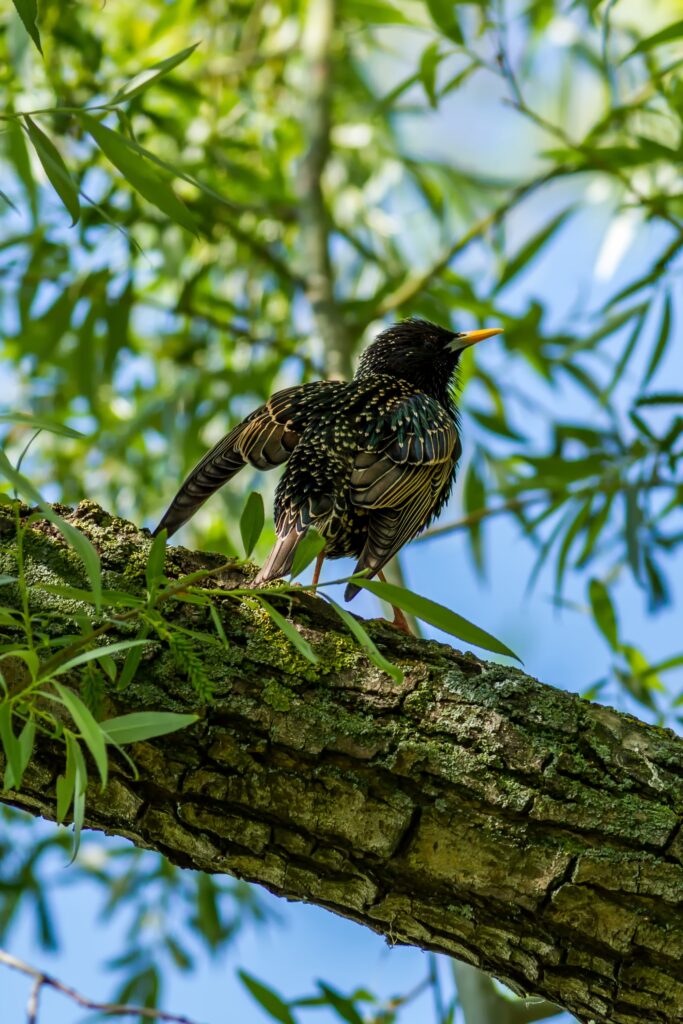
European Starlings have such a beautiful purplish-green feather that covers their entire bodies and appears amazing up close but is merely black at a distance.
Whenever the bird is in flight, it has a long, sharp wingspan and broad, short tails, giving it the appearance of a four-pointed star. These species have a lengthy, straight yellow beak, and their plumage changes considerably in the winter.
They’ll be dark with a gorgeous smattering of white specks. The length of these birds is 7.9 inches, and their wingspans are 12.8 inches broad.
Habitat & Food
While they do occasionally visit fields, you are far more likely to see Starlings anyplace in the city. Starlings adore suet, but you can also feed them rye, oat bran, and any candied fruit on hand.
4. American Robin

Greyish-brown backs, medium-length greyish-brown wings, and long, grey tails with white undersides distinguish American Robins. Their rump is white, but their underside and breast are a gorgeous reddish-tangerine color that catches your eye.
On the face, these species have dark grey to blackheads, a fractured white eye-ring on each eye, and a medium-length, softly curved yellow bill with just a little black at the apex. Females have the same coloring as males, but the colors are less vibrant and have considerably lower contrast than males.
These birds are the biggest of the North American Thrushes, measuring 10 inches in length and 14 inches in wingspan. These birds may be found in various environments, including the arctic, golf courses, parks, and even your home garden.
Habitat
They also enjoy pine and deciduous forest and any area with such a bit of bush cover to keep them secure. Gelatine, crumbled nuts, and apricots are three of Robin’s favorite meals. Leave some for them since seeing one of these stunning birds will always make you stop your breath and grin.
5. Raven

If you’ve never seen a genuine Raven, you won’t be able to miss one in Alaska. Even when abundant, they are intelligent birds who may be extremely entertaining to be in your yard. Ravens are all black, including their eyes and legs.
Their wings are wide and broad, and their tails are medium-length and broad. Their bills are long, robust, and functionally straight. However, the top bill has a notable downward dip.
Ravens are large birds with wingspans of 47 inches and a length of 22 inches from stem to stern! Ravens can roam almost anywhere they desire.
Habitat & Food
However, they prefer evergreen and deciduous forests. However, you can find them quoting almost anywhere, whether it’s by the ocean, on farms, or just walking around the city. These will feed just about anything, but they will even work together to get something when they’re in flocks.
Boiling yolks, walnuts, and even table scraps can be left out for them, but just be cautious with the last one because you don’t want to feed them anything salty.
6. Yellow-romped Warbler

Color
The backs of warblers are grey with some black marking. They have medium-length grey wings with different amounts of white on them and long, thin tails that are dark grey or even black at the tips.
While it can be difficult to notice at times, the trademark ‘yellow rump’ is simply a yellow area close to the blade tips that can be seen if you look closely. The majority of the rump and the underside are white, but there is a thick skirting of black streaks just at the edges as the white rises up to the breast, which grows denser as it approaches the face.
Under the wings, on the chin, and in the collar of this bird, there will be some brilliant yellow, with the rest of the face being grey save for a white eye-ring and a small piece of yellow at the crown of the head.
The bills of these birds are flat and modest in length. Females have more subdued hues and occasionally brown, while both genders grow a little brown in the winter. However, their yellow markings are most visible at this time.
The length of these birds is 4.7 inches, and their wingspans are 7.5–9 inches broad.
Habitat
Open, coniferous woodlands, as well as deciduous variants, are particularly attractive to these Warblers. They spread out a little more in the winter, and almost any open, forested area is fine, particularly if there is indeed a lot of shrub cover.
While predominantly insectivorous, these birds may eat tiny seeds and berries in the winter. Leave a smidgeon of Nyjer thistle and a smidgeon of dandelion. You could get lucky if you use raisins or blueberries.
Another way to attract these species is to spread some suet on certain bark of trees in your garden and see if it works. It’s possible that you’ll be pleasantly surprised!
7. Rufous Hummingbird

The Rufous Hummingbird is a stunning bird. Males have brilliant orange backs with little wings and tails that blend slate grey and orange on the wings and navy blue and orange on the tails.
This bird’s underside and belly are white, with such a spirited orange color guarding the white on both sides, and its head is predominantly orange, with a touch of orange or grey at the head and some shining red at the throat.
Females have a delightful comparison of color schemes, with green on one’s arms and shoulders and a hint of orange just at the throat, and the same rufous ‘vest’ as males. The color of the tail is also flecked with rufous.
Hummingbirds range in size from 2.8 to 3.5 inches in length from head to tail, with wingspans of around 4.3 inches.
Habitat & Food
During migration, these birds can be seen in the highlands, but they spend most of their lives in open, wooded places like meadows, marshes, and the forest’s border.
Sugar syrup in a hummingbird feeder will be enough, and mealworms can be added as a bonus. These birds consume largely flying insects, although they will most likely eat them if mealworms are found.
8. Rock Pigeon
The Rock Pigeon sometimes referred to as the Rock Dove, is the bird from which domestic pigeons evolved. These big birds have a wide range of plumage, but their backs, long, sharp feathers, and shorter, rounded tails are bluish-grey. The tail is usually black-tipped, and two black bands may be seen clearly on the wings.
However, some Rock Birds may not even have them. Up until you come to the bird’s neck, which is an exquisite blend of purple and green, the underside and chest of this bird are normally a deep or lighter grey.
These birds have grey faces and a flat, medium-length black bill with a white band at the beginning of the bill.
Size & Habitat
The length of these birds ranges from 11.8 to 14.2 inches, with forelimbs of 20 to 27 inches. While you may find them on crags and rocks, some birds recognize where to locate the best food and are delighted to scavenge near humans in fields and cities.
Rock Pigeons enjoy Nyjer nettle and White Prose millet and a berry or two if you have some.
9. Hoary Redpoll
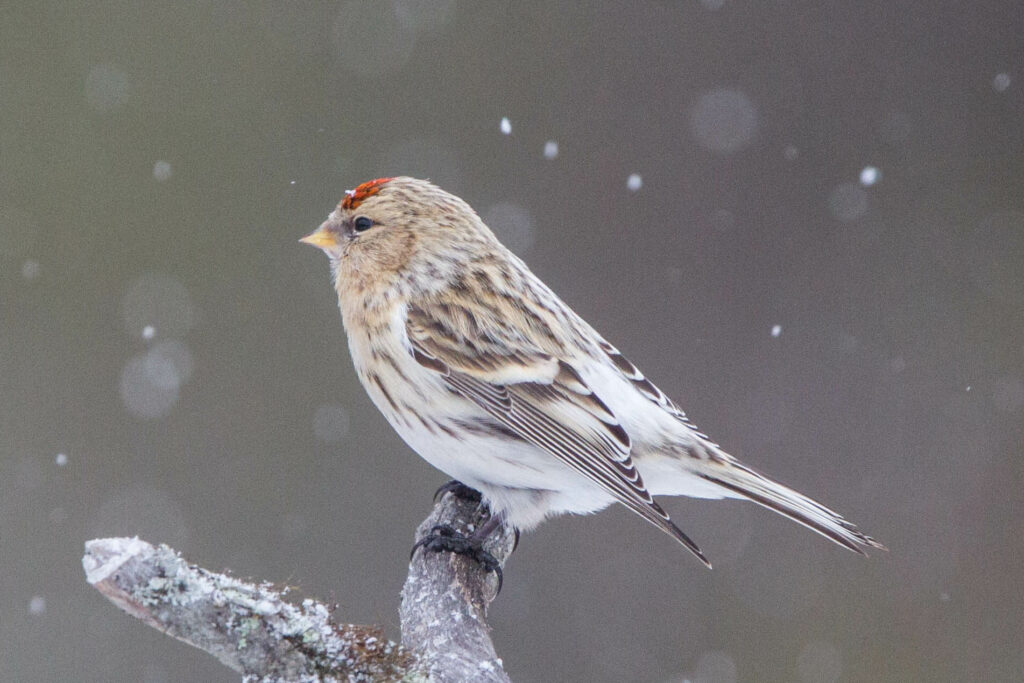
Hoary Redpolls, tundra-loving birds, appear to have extraordinarily fluffy coats. They have white behinds with brownish-grey streaks and short grey wings with a prominent white wing bar. Its tails are short, notched, and grey on top but white on the bottom.
The underside and chest are white with brownish-grey streaking, and the majority of the bird’s face is streaked-white, except for some buff coloring around the eyes and cheeks and just visible at the chin.
This bird’s forehead will have a prominent and noticeable red mark, and the general fluffiness of the Redpoll’s face makes its little, triangular yellow beak appear quite small indeed.
Females are just not as vivid in color as males, and juveniles are brown with greater streaking. A gorgeous pink or rose color can be seen on the breast and rump on rare occasions, but it will not be present on every Hoary Redpoll you encounter.
Length & Habitat
The length of these birds ranges from approximately 2 to 5.5 inches, with wingspans averaging 8 to 10 inches broad. Hoary Redpolls are frequent visitors to garden feeders where they’re being made to feel comfortable.
They may be found in weed species fields, regions with many plant cover, and the nooks and crannies of stones where they usually nest. This bird prefers Nyjer weed and ground or torn Black Oil Sunflower seeds.
10. Dark-eyed Junco

Dark-eyed Juncos appear in a variety of colors depending on the place. They may be found all throughout the continent, mostly on the ground, in plain and moderately wooded areas. Some people live year-round in the northwest and the Appalachian Mountains.
Food
In the winter, those who nest in Northern Canada migrate south to the United States. Additional species can be attracted to garden feeders by using black oil sesame seeds, Nyjer, crack corn, maize, and peanuts. Platform feeders or those that are spread on the ground are suitable.
11. Chestnut-backed Chickadee

Chestnut-backed Chickadees are chickadees with black and whiteheads, beautiful brown backs, and greyish wings and bellies. They visit home feeders in large numbers and live in moist, evergreen woodlands near the Pacific Coast.
Food
The bulk of their meal consists of caterpillars, bugs, wasps, and insects, with the remaining consisting of nuts, cherries, and berries. Chestnut-backed Chickadees can be attracted to the yard using black-oil sesame seed, cutlets, Nyjer, almonds, or mealworms in a tube feeder, stage feeders, or suet cages.
They’ll also utilize nesting boxes.
12. Hairy Woodpecker
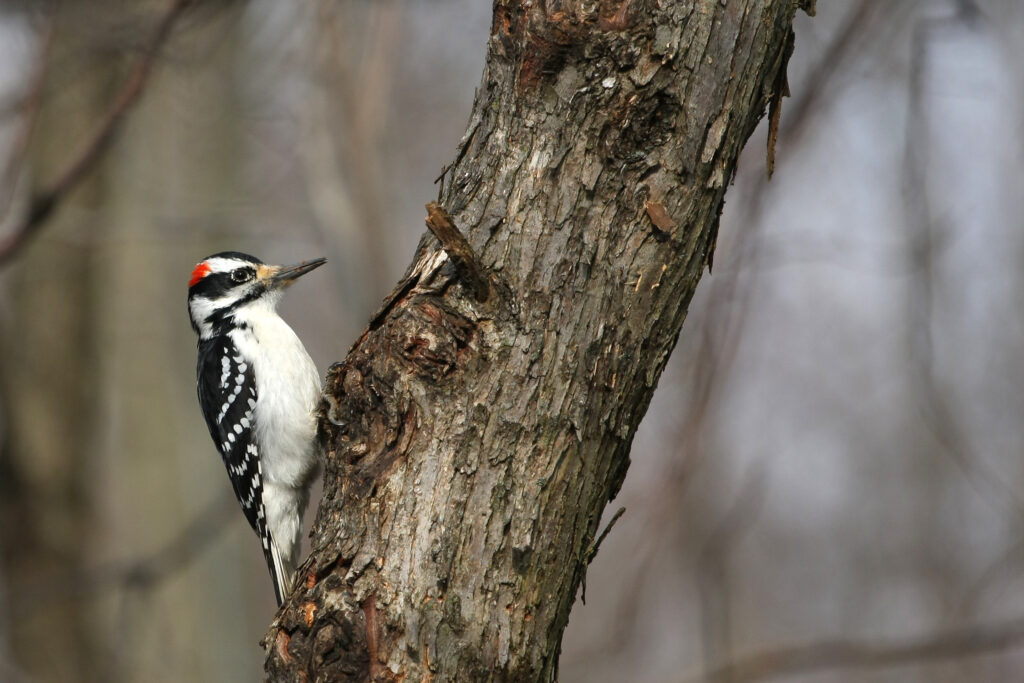
Hairy Woodpeckers are similar to Downy Woodpeckers in appearance but are somewhat bigger and have longer tails. They have long black wings with white checkerboard-style patterns originating underneath the elbow and going down to the apex of the wings, as well as a broad white band on their backs and a black ½ on the back of the neck.
It’s worth noting that there’s some geographical variation, so some are harder to see than others. They have short, sturdy, notched tails that are black on top and the white underside and a pristine white underbelly and breast. However, a tan tint is not uncommon.
They have a primarily white face with a black mustache line that loops around the back of the head, and also a bandit beard, and a black cap with a little red at the back of the neck if you’re looking at a guy.
These birds possess long, sturdy black beaks that are often slightly upturned.
Habitat
The length of these birds ranges from 7.1 to 10.2 inches, with forelimbs of 13.5 to 16.1 inches. Birds prefer older woodlands, especially those with a lot of fir or oak trees. They can be found here or at the border of the forest, but they are also fairly brazen and freely roam into parks and backyards.
Food
One or more overjoyed Woodpeckers at your feeding will eat peanut butter, crushed nuts, raisins, and Black Oil Sunflower seeds.
13. Ruby-crowned Kinglet

The backs of Ruby-crowned Kinglets are silky grey, and their wings are grey with olive-green coloring. They possess short, perky grey and olive tails and tiny wings with unique white wing bars edged by strong, black lines.
Their rumps are white, but their underbellies are a yellowish tone, which darkens to a grey speckled with white even as color progresses up the breast. With the exception of a white eye-ring and also the magnificent redheads that lend them their name, these birds have essentially grey faces. The red crowns will only be worn by the males.
The beaks of these birds are slim, medium-length, and straight black. The wingspans of these tiny beauties are 6.3 inches broad, and they range in length from 3.5 to 4.3 inches.
Habitat
These birds favor coniferous woods in the summer, but in the winter, they may be found in temperate woods, and just about anyplace, there will be a lot of bush cover.
They’ll also stop by backyards with well-stocked feeders, so keep a watch out for them. Ruby Kinglets have been observed to frequent suet feeders and appreciate cracked or hulled Sunflower seeds, in addition to eating insects.
14. Gray Jay

Gray Jays, often called ‘Canada Jays’ and even ‘Camp Robbers’ due to their conspicuous foraging tendencies, are beautiful and easy to spot. They have dark grey backs, medium-length wings, and long tails of the same color, with a lighter grey underside highlighted in white.
This bird’s underside and breast are light greys, and it has a white collar that descends in u t from the throat. These birds have largely white faces with a dark grey to the black rear of the head and a narrow, fark grey mask that connects to this hue.
These birds appear to have huge foreheads due to their short, triangular black bills, giving them the appearance of feathered intellectuals. Juveniles are greyish-black in appearance, with some lighter coloring around the base of the beak.
These birds range in size from 9.8 to 11.4 inches in length from tip to tail, with wingspans of around 18 inches.
Gray Jays are like a combination of evergreen and deciduous woods. Gray Jays like suet, cracked maize, and mealworms as diet. Small fruits and berries, particularly blackberries, grapes, and cherries, are very delicious.
15. Song Sparrow
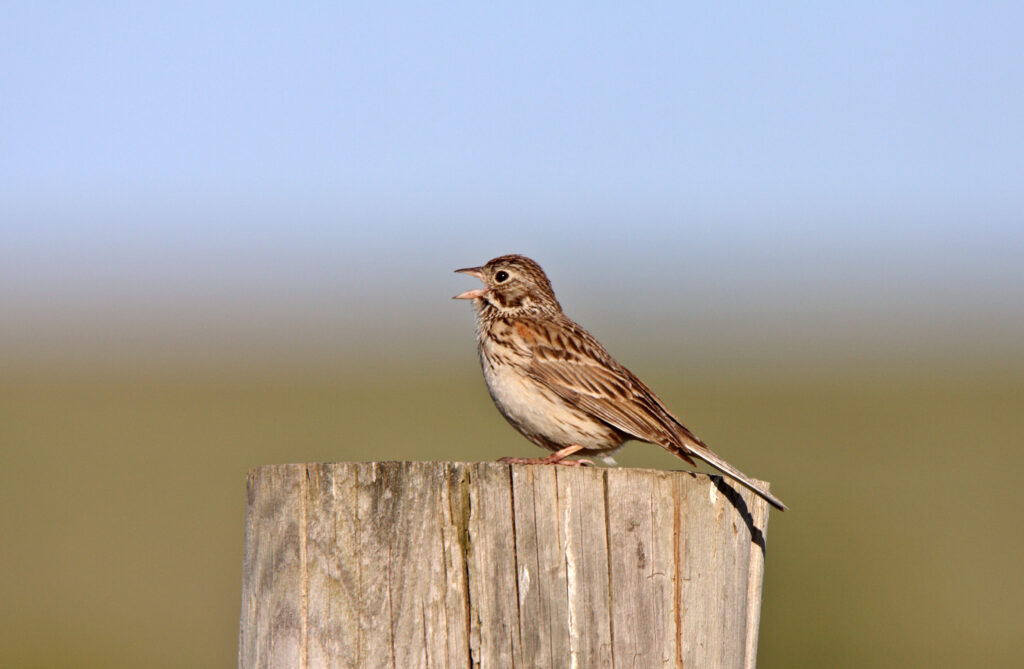
Brown streaks converge on a central breast patch on the chest, and the forehead seems to have a brown crown with a grey band through the center. Look for a grey forehead and cheek. The back and body are primarily rust brown with grey streaks throughout.
Sparrows may be extremely difficult to differentiate because of the large number of species and their similar appearance. Song Sparrows, on the other hand, are one of the simpler sparrow species to identify. Unlike other birds that build their nests on trees.
Song Sparrows prefer to build their nests in weeds and grasses. Song Sparrows have wonderful melodies that may be audible across the continent, and they often nest straight on the ground. Three brief notes are followed by a lovely trill in the conventional version, which you can hear below.
The song fluctuates depending on the bird’s region and personality. Song In the summer, sparrows eat a variety of insects and other invertebrates and also seeds and fruits all year. Beetles, soil bugs, larvae, flies, crickets, moths, snails, and roundworms are among the creatures that prey on them.
Final Words
We hope you’ve enjoyed this little glimpse into the fascinating world of Alaskan birdwatching. While we were only able to taste a handful, as you can see, there are a wide variety of birds waiting to be discovered.
Just be calm and dress warmly, and utilize our advice to help you find what you’re looking for. You will not be disappointed with the nearly 500 species present.
FAQ
What is the most abundant and common bird in Alaska?
American Robin is widespread in Alaska.
What is the state bird of Alaska?
The Willow Ptarmigan is known to be the state bird of Alaska.
What is the best time to observe birds in Alaska?
Though one can find an exotic variety of birds throughout Alaska, the best time of viewing birds is from May to June during the breeding season.
Are song sparrows omnivorous birds?
Yes, song sparrows eat arthropods as well as tiny fruits also.
Last Updated on March 22, 2023 by Lily Aldrin
